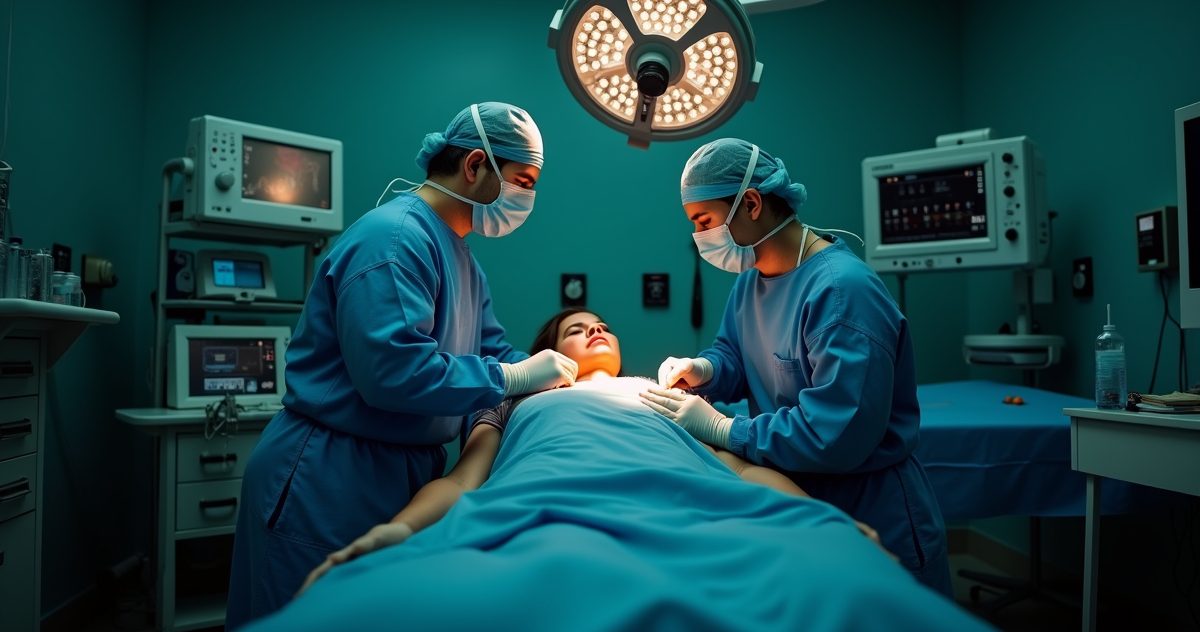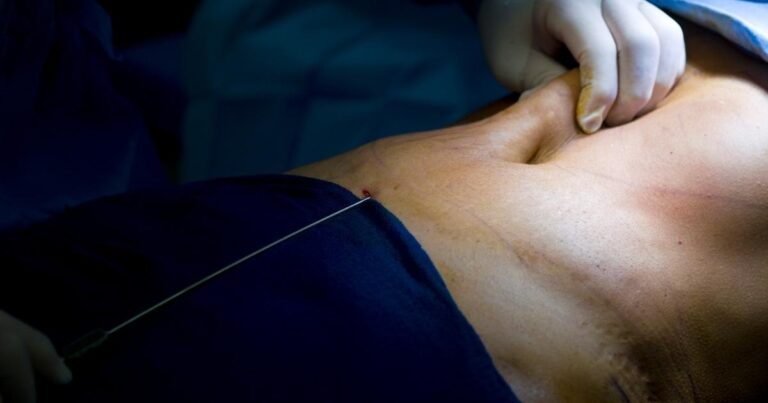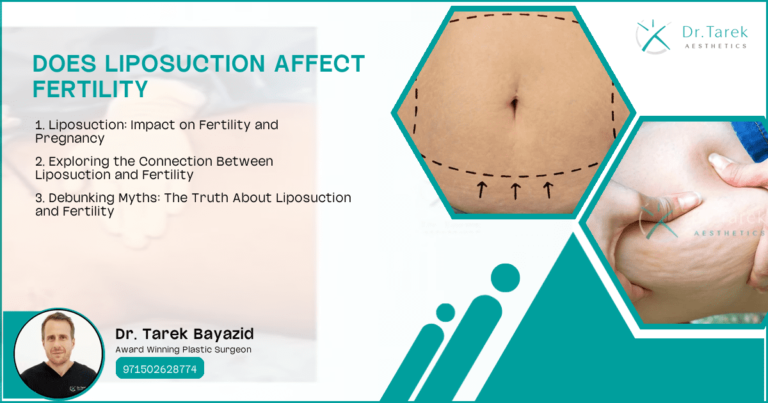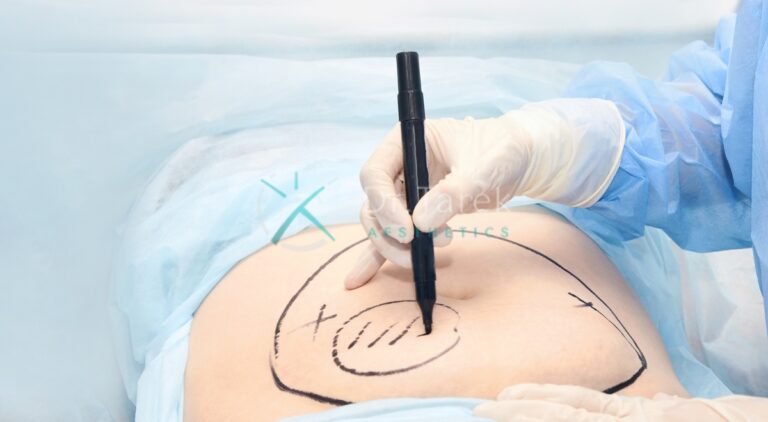Liposuction is a popular cosmetic procedure aimed at removing excess fat from specific areas of the body. While it is generally considered safe, like any surgical procedure, it carries certain risks. One of the most concerning questions is: can liposuction lead to death? This article delves into the potential risks, safety measures, and advancements in liposuction to provide a comprehensive understanding of the procedure.
Can Liposuction Lead to Death
Liposuction, though widely performed, is not without its risks. The possibility of death, albeit rare, is a serious concern. Understanding the factors that contribute to such outcomes is crucial for anyone considering this procedure.
Advanced Fat Removal uses special tools to take out extra fat from the body
it helps people get a slimmer shape without regular exercise or dieting
Mortality Rates Associated with Liposuction
The mortality rate for liposuction is relatively low, but it is not zero. Studies have shown that the risk of death from liposuction is approximately 1 in 5,000 procedures. This rate is comparable to other surgical procedures, but it highlights the importance of understanding the risks involved.
Factors Contributing to Liposuction-Related Fatalities
Several factors can contribute to fatalities during or after liposuction. These include the patient’s overall health, the amount of fat removed, and the skill of the surgeon. Complications such as blood clots, infections, and adverse reactions to anesthesia can also play a role.
Book A Consultation With Dr Tarek Bayazid
Top-rated Plastic Surgeon For Liposuction in Dubai
Installment Plan Available
- Patient’s health condition
- Volume of fat removed
- Surgeon’s expertise
- Complications like blood clots and infections
What are the Potential Fatal Complications of Liposuction
While liposuction is generally safe, certain complications can be life-threatening. Understanding these potential risks can help patients make informed decisions.
Pulmonary Embolism
A pulmonary embolism occurs when a blood clot travels to the lungs, blocking blood flow. This is a rare but serious complication of liposuction. Symptoms include shortness of breath, chest pain, and a rapid heart rate.
Fat Embolism Syndrome
Fat embolism syndrome is another rare complication where fat droplets enter the bloodstream and block blood vessels. This can lead to respiratory distress, confusion, and a rash. Immediate medical attention is crucial if these symptoms occur.
Anesthesia-Related Complications
Anesthesia is a critical component of liposuction, but it carries its own risks. Complications can range from mild allergic reactions to severe outcomes like respiratory failure. Proper anesthesia management is essential to minimize these risks.
- Pulmonary embolism
- Fat embolism syndrome
- Anesthesia complications
How Common are Deaths from Liposuction
Understanding the frequency of fatalities associated with liposuction can provide perspective on the risks involved.
Statistical Analysis of Liposuction Mortality
Statistical data indicates that deaths from liposuction are rare. The mortality rate is estimated to be between 1 in 5,000 to 1 in 50,000 procedures, depending on various factors such as the patient’s health and the complexity of the surgery.
Comparison with Other Cosmetic Procedures
When compared to other cosmetic surgeries, liposuction has a similar risk profile. Procedures like tummy tucks and breast augmentations also carry risks, but the overall safety of cosmetic surgery has improved with advancements in medical technology.
- Mortality rate: 1 in 5,000 to 1 in 50,000
- Comparable risk to other cosmetic surgeries
What are the Safety Measures to Prevent Liposuction-Related Deaths
Implementing safety measures is crucial to minimizing the risks associated with liposuction.
Patient Screening and Selection
Thorough patient screening is essential to identify individuals who may be at higher risk for complications. Factors such as age, medical history, and overall health should be considered before proceeding with surgery.
Proper Anesthesia Management
Anesthesia management is a critical aspect of liposuction safety. Ensuring that a qualified anesthesiologist is present during the procedure can significantly reduce the risk of anesthesia-related complications.
Sterile Surgical Techniques
Maintaining a sterile environment during surgery is vital to prevent infections. Surgeons must adhere to strict sterilization protocols to ensure patient safety.
- Thorough patient screening
- Qualified anesthesiologist
- Strict sterilization protocols
Can Liposuction Lead to Death in Different Body Areas
The risk of complications can vary depending on the area of the body where liposuction is performed.
High-Risk Areas for Liposuction
Certain areas of the body, such as the abdomen and thighs, may carry a higher risk of complications due to the complexity of the procedure and the proximity to vital organs.
Safer Areas for Liposuction
Areas like the arms and chin are generally considered safer for liposuction. These regions typically involve less fat removal and are further from major organs, reducing the risk of complications.
- High-risk areas: abdomen, thighs
- Safer areas: arms, chin
What are the Latest Advancements in Liposuction Safety
Advancements in technology and techniques have significantly improved the safety of liposuction.
Modern Liposuction Equipment
Modern equipment, such as laser-assisted and ultrasound-assisted liposuction devices, allows for more precise fat removal with less trauma to surrounding tissues. This reduces the risk of complications and improves recovery times.
Minimally Invasive Techniques
Minimally invasive techniques, such as tumescent liposuction, involve smaller incisions and less blood loss. These methods have been shown to reduce the risk of complications and improve patient outcomes.
- Laser-assisted and ultrasound-assisted devices
- Tumescent liposuction
How to Choose a Qualified Surgeon to Minimize Risks
Selecting a qualified surgeon is one of the most important steps in ensuring a safe liposuction procedure.
Board Certification and Experience
A board-certified surgeon with extensive experience in liposuction is more likely to perform the procedure safely and effectively. Patients should verify the surgeon’s credentials and ask about their experience with similar cases.
Facility Accreditation
The facility where the procedure is performed should be accredited by a recognized organization. Accredited facilities adhere to strict safety standards, reducing the risk of complications.
- Board-certified surgeon
- Accredited facility
What are the Warning Signs of Post-Liposuction Complications
Recognizing the warning signs of complications after liposuction is crucial for timely intervention.
Symptoms to Watch for After Surgery
Patients should be aware of symptoms such as excessive swelling, severe pain, and unusual discharge from the incision sites. These may indicate an infection or other complications that require medical attention.
When to Seek Immediate Medical Attention
If symptoms such as difficulty breathing, chest pain, or a high fever occur, patients should seek immediate medical attention. These could be signs of serious complications like a pulmonary embolism or infection.
- Excessive swelling and pain
- Difficulty breathing and chest pain
Can Liposuction Lead to Death in Patients with Pre-Existing Conditions
Patients with certain pre-existing conditions may be at higher risk for complications during and after liposuction.
High-Risk Medical Conditions
Conditions such as heart disease, diabetes, and obesity can increase the risk of complications. Patients with these conditions should undergo a thorough medical evaluation before considering liposuction.
Importance of Thorough Medical Evaluation
A comprehensive medical evaluation can help identify potential risks and determine if a patient is a suitable candidate for liposuction. This evaluation should include a review of the patient’s medical history and any current medications.
- Heart disease, diabetes, obesity
- Comprehensive medical evaluation
What is the Recovery Process Like After Liposuction
Understanding the recovery process can help patients prepare for what to expect after liposuction.
Post-Operative Care Instructions
Following post-operative care instructions is crucial for a smooth recovery. Patients should follow their surgeon’s advice regarding wound care, activity restrictions, and medication use.
Timeline for Resuming Normal Activities
The timeline for resuming normal activities varies depending on the extent of the procedure and the individual’s healing process. Most patients can return to work within a week, but strenuous activities should be avoided for several weeks.
- Follow post-operative care instructions
- Gradual return to normal activities
Is Liposuction a High-Risk Procedure
Liposuction is generally considered safe, but it is not without risks. Comparing it to other surgeries can provide perspective on its risk level.
Comparing Liposuction Risks to Other Surgeries
When compared to other surgeries, liposuction has a similar risk profile. However, the risks can be minimized by choosing a qualified surgeon and following pre- and post-operative instructions.
Factors That Influence Risk Levels
Factors such as the patient’s health, the amount of fat removed, and the surgeon’s experience can influence the risk level of liposuction. Patients should discuss these factors with their surgeon to understand their individual risk.
- Similar risk to other surgeries
- Patient health and surgeon experience
What Percentage of People Die from Liposuction
Understanding the mortality rate of liposuction can help patients make informed decisions.
Recent Statistics on Liposuction Mortality Rates
Recent statistics indicate that the mortality rate for liposuction is approximately 1 in 5,000 procedures. This rate is comparable to other cosmetic surgeries, highlighting the importance of understanding the risks involved.
Factors Affecting Mortality Rates
Factors such as the patient’s health, the complexity of the procedure, and the surgeon’s experience can affect the mortality rate. Patients should discuss these factors with their surgeon to understand their individual risk.
- Mortality rate: 1 in 5,000
- Patient health and procedure complexity
Can You Die from Too Much Liposuction
Excessive liposuction can increase the risk of complications, including death.
Risks of Large-Volume Liposuction
Large-volume liposuction, defined as the removal of more than 5 liters of fat, carries a higher risk of complications. These can include blood loss, fluid imbalance, and prolonged recovery times.
Guidelines for Safe Liposuction Volumes
To minimize risks, surgeons should adhere to guidelines for safe liposuction volumes. These guidelines recommend removing no more than 5 liters of fat in a single procedure.
- Risks of large-volume liposuction
- Safe liposuction volume guidelines
What are the Long-Term Effects of Liposuction
Liposuction can have long-term effects on a patient’s health and body shape.
Potential Chronic Health Issues
While liposuction is generally safe, some patients may experience chronic health issues such as numbness, scarring, and changes in skin texture. These effects are usually mild and improve over time.
Impact on Body Shape and Weight Management
Liposuction can improve body contour, but it is not a substitute for weight loss. Patients should maintain a healthy lifestyle to preserve the results and prevent weight gain in untreated areas.
- Chronic health issues: numbness, scarring
- Maintain a healthy lifestyle for lasting resultsnt.







